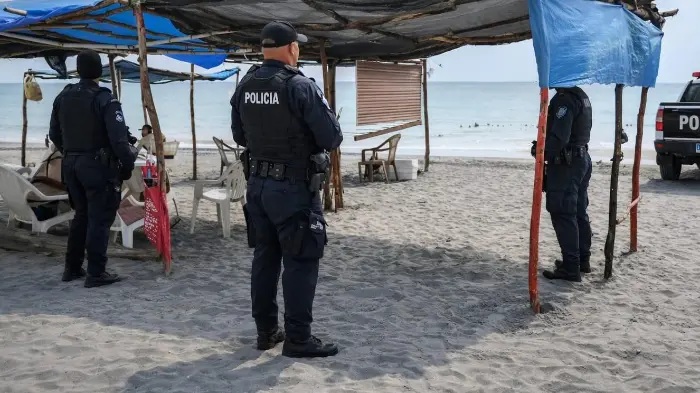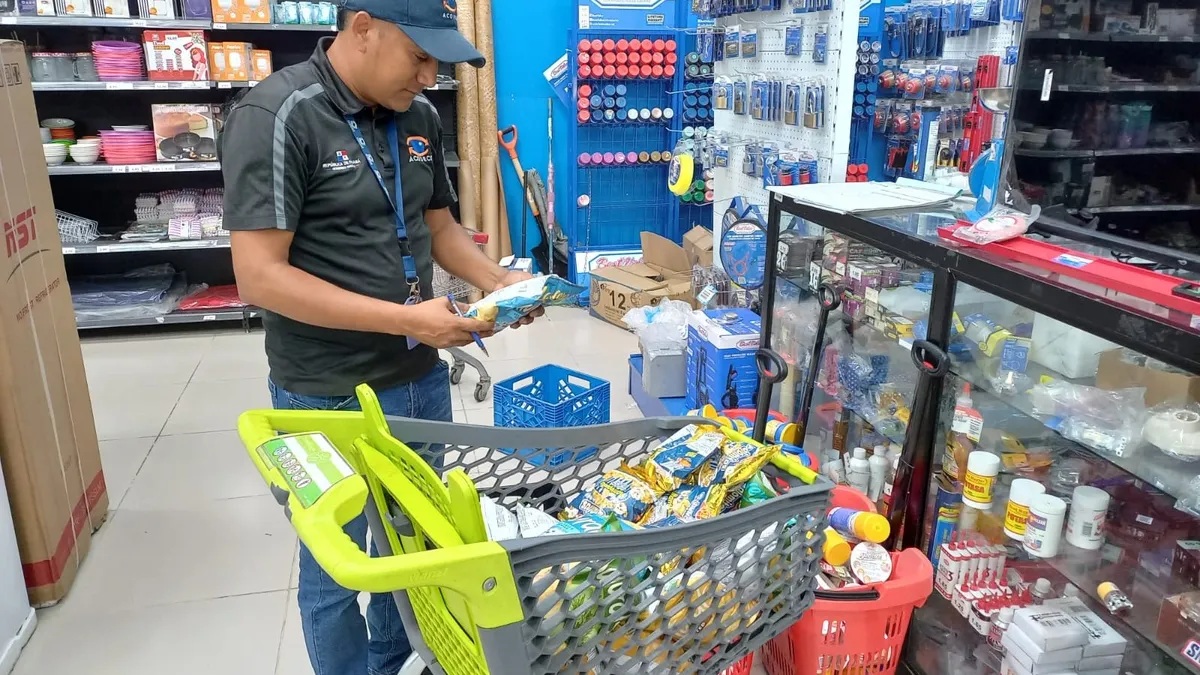Tracking And Protecting Panamas Jaguars

PANAMA has lost more than 230 jaguars in the last three decades and a conservation plan initiated in 2014 and funded by the National Environmental Authority (Anam) (now the Ministry of the Environment) has set up 100 camera traps in five protected areas of the country, seeking information on the abundance of jaguars, their movements and their prey.
More direct contact is being created with officials, guards, some ranchers and farmers, through workshops and field trips, says biologist Ricardo Moreno, Yaguará Panama, who leads the project, reports La Prensa.
The study also included ocelots equipped with GPS collars in the Sovereignty National Park, in order to obtain information about their behavior and to track each individual.
Moreno anticipates that with support from the Ministry of Environment and private financing, GPS collars will also be placed on jaguars in Portobelo and Santa Fe national sovereignty parks , Protected Forest in Arraiján, Gigante Peninsula and Nusagandi (Guna Yala).
According to the biologist who has studied wild cats in Panama and Costa Rica for more than a decade, this method, in combination with camera traps, education and outreach activities, creates the information base for a national policy, to develop action plans for the protection of Panama species.
Moreno says that the country has lost about 230 jaguars in the last 30 years, and told La Prensa he plans to submit data on this matter in an international scientific journal. “It is important to note that so far in 2015 we are still receiving information on deaths of jaguars in different areas of the country,” he says.
A fundamental part of the project is to empower national organizations tpo train new researchers and students to continue the work of research and conserve the country’s biodiversity.





